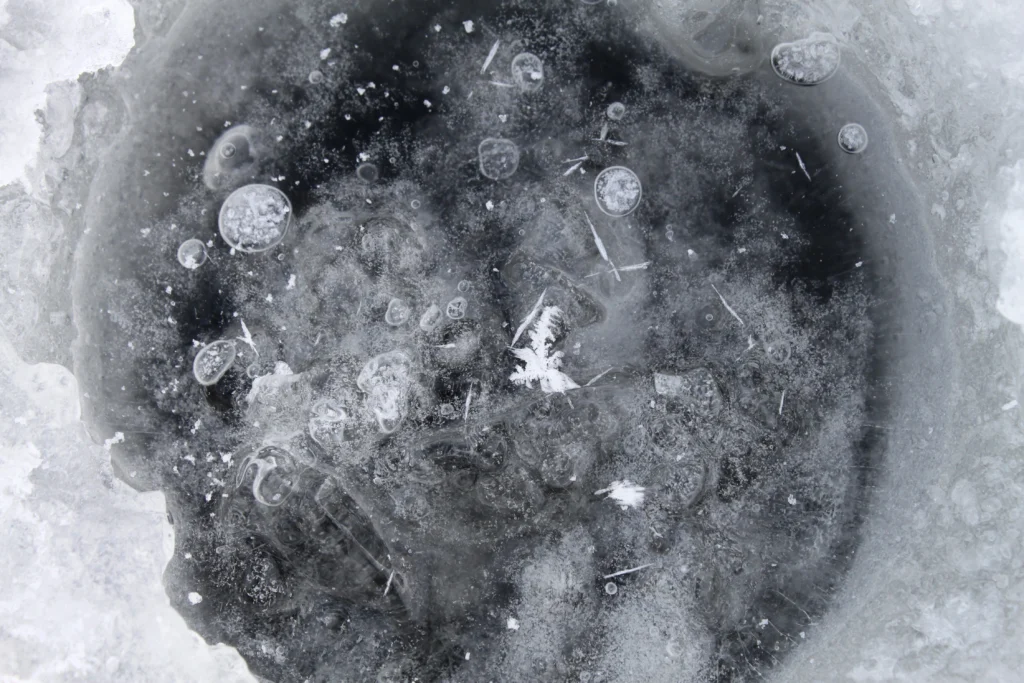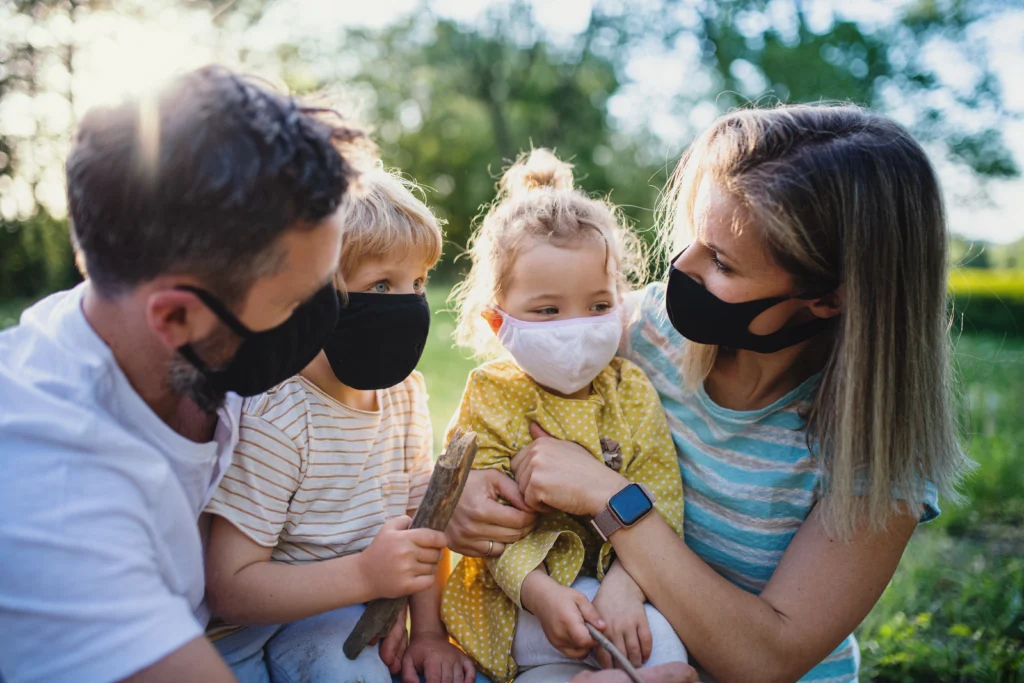In an age dominated by digital technology and modern medicine, the idea of someone dying from the plague may sound like something out of a history book. But in July 2025, this grim reality struck Arizona when a resident of Coconino County lost their life to pneumonic plague, one of the most severe forms of the infamous disease that once ravaged Europe during the Middle Ages.
The news has sparked concern, confusion, and curiosity across the country. How can a medieval disease still exist in the 21st century? What risk does it pose to the general public? And what can we do to protect ourselves and our families?
In this article, we take a closer look at what happened in Arizona, what the plague actually is, how it spreads, and most importantly, how to stay safe. Whether you’re living in the American Southwest or simply curious about emerging health risks, this guide offers essential insights into a disease that refuses to be forgotten.

A Tragic Case: What Happened in Arizona?
The Arizona Department of Health confirmed the death of a resident from pneumonic plague, a rare but highly dangerous illness. The individual reportedly fell ill and was hospitalized shortly before succumbing to the disease. Health officials have since launched an investigation to trace the source and determine if others may have been exposed.
This event took place in Coconino County, a region known for its rich wildlife, forested landscapes, and rural communities—factors that can sometimes bring humans into closer contact with disease-carrying animals and insects.
While plague cases are extremely rare in the U.S., they are not unheard of. The Southwest region, including Arizona, New Mexico, and Colorado, is known as a “plague-endemic zone” where the bacterium Yersinia pestis still circulates in the wild among small mammals like prairie dogs, squirrels, and mice. The bacteria are most commonly transmitted through flea bites, but in the case of pneumonic plague, it can also spread through infected respiratory droplets, making it especially dangerous.

Bubonic vs. Pneumonic: Understanding the Modern Plague
The term “plague” actually refers to an infection caused by the bacterium Yersinia pestis. There are three main types of plague:
- Bubonic plague: the most common form, causing painful, swollen lymph nodes called “buboes”
- Septicemic plague: which infects the bloodstream and can lead to organ failure
- Pneumonic plague: the rarest and deadliest form, which targets the lungs and can be transmitted from person to person
The Arizona case involved pneumonic plague, which develops when the bacteria enter the lungs. Unlike the bubonic form, which is usually spread by flea bites, pneumonic plague can spread via coughing or sneezing, especially in close quarters. It has a very fast onset and requires immediate antibiotic treatment—delays can result in fatal outcomes within just 24 to 72 hours.
While this might sound terrifying, it’s important to note that plague is treatable with modern antibiotics. Most patients who are diagnosed early and receive appropriate care recover fully. However, because the disease progresses rapidly, early detection is absolutely crucial.

Why Plague Still Exists—and Where It Hides
It’s easy to assume that plague was eradicated centuries ago, but the reality is more complex. Plague exists naturally in ecosystems, especially where there is a large population of wild rodents. In the southwestern U.S., prairie dogs, rabbits, and fleas play a key role in maintaining the bacterial cycle.
According to public health data, there are an average of 1 to 17 plague cases per year in the United States, mostly in rural parts of New Mexico, Arizona, and Colorado. Despite these low numbers, health authorities stay alert during the warmer months when people and pets are more likely to venture into rural or wilderness areas.
Rodent die-offs, especially when sudden and localized, can signal the presence of plague in an area. Pets that roam freely and bring back fleas or dead animals can unintentionally transmit the disease to humans. In some rare cases, improper handling of wildlife or delayed medical attention can lead to the development of pneumonic plague.
This latest death in Arizona is a stark reminder that while rare, these infections are not just relics of the past—they are part of the complex relationship between humans, animals, and nature.
How to Protect Yourself and Your Family
If you live in or plan to travel to rural areas of the Southwest, or any location where plague has been historically present, there are simple and effective steps you can take to reduce your risk:
1. Avoid Contact with Wild Animals
Do not touch sick or dead rodents, rabbits, or squirrels. Teach children not to play near animal carcasses, and avoid places where you notice sudden drops in rodent activity, which can be a sign of disease.
2. Control Fleas on Pets
Ensure that your dogs and cats are on regular flea prevention treatments, especially if they spend time outdoors. Keep pets leashed and prevent them from hunting or scavenging in rural or forested areas.
3. Practice Safe Outdoor Habits
When hiking, camping, or spending time in grassy or wooded areas:
- Wear long sleeves and pants tucked into socks
- Use insect repellents containing DEET
- Sleep in tents with proper screening to keep fleas and insects out
4. Be Alert to Symptoms
If you or a loved one develops fever, chills, swollen lymph nodes, coughing, or breathing difficulties after spending time in high-risk areas, seek medical help immediately. Inform your healthcare provider of any recent outdoor activities, especially if you’ve been in plague-endemic zones.
5. Stay Informed
Local health departments often monitor for plague activity and issue public warnings if there is a risk. Stay connected with local news and health alerts, especially during the summer months when plague cases are more likely.

Final Thoughts: Awareness, Not Panic
The recent bubonic/pneumonic plague death in Arizona is a tragedy—but it’s also a powerful reminder that nature is unpredictable and that we are still vulnerable to diseases most of us assume are long gone. However, this is not a time for panic.
With proper public health measures, responsible behavior in outdoor environments, and quick access to modern medical care, plague remains a rare and manageable threat. By staying informed and taking sensible precautions, we can honor the memory of the individual who passed and work together to prevent future tragedies.
Table of Contents
The Rise of Digital Burnout: Navigating Mental Health in a Hyperconnected World – trendsfocus
Arizona patient died of plague infection, say health officials (usatoday.com)